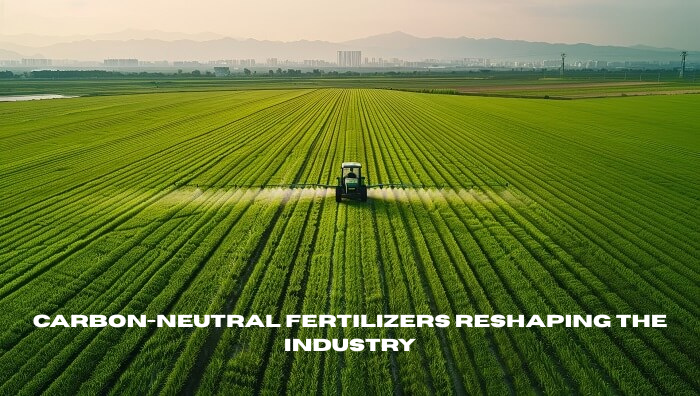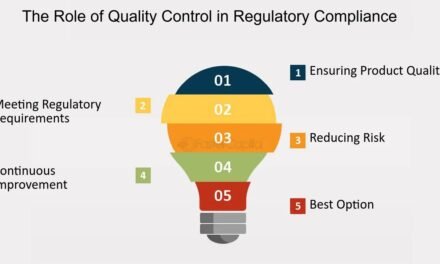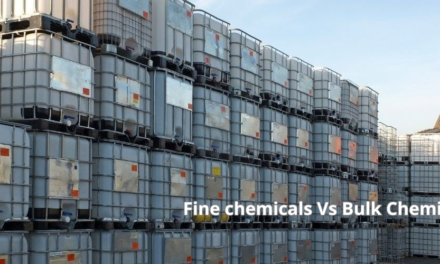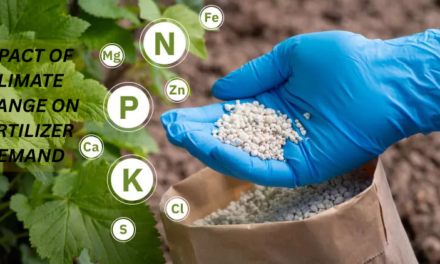Carbon-neutral fertilizers are reshaping the fertilizer industry by driving sustainability, innovation, and alignment with global climate goals. Here’s how:
- Decarbonization of Production: Carbon-neutral fertilizers use renewable energy sources (like wind, solar, or hydropower) and green hydrogen in their production, eliminating the reliance on fossil fuels traditionally used in ammonia synthesis.
- Market Differentiation: These fertilizers appeal to environmentally conscious consumers and businesses, creating new market opportunities for producers and offering a competitive edge.
- Regulatory Compliance: Governments and international organizations are introducing stricter emissions regulations. Carbon-neutral fertilizers help companies meet these standards, reducing regulatory risks.
- Sustainability in Agriculture: By lowering the carbon footprint of crop production, carbon-neutral fertilizers contribute to more sustainable farming practices and the overall goal of carbon-neutral food supply chains.
- Innovation and Investment: The development of carbon-neutral fertilizers is driving investment in renewable energy technologies, green ammonia production, and advanced manufacturing processes.
- Cost Efficiency in the Long Term: While initial costs are higher, as renewable energy becomes more affordable and technologies mature, carbon-neutral fertilizers are expected to become cost-competitive with traditional options.
- Enhanced Collaboration: Partnerships between energy companies, agriculture, and governments are fostering innovation and scaling up carbon-neutral fertilizer production and distribution.
- Boosting Carbon Markets: Adoption of these fertilizers enables farmers and companies to participate in carbon trading schemes by reducing emissions in their supply chains.
- Global Climate Impact: The shift to carbon-neutral fertilizers supports global efforts to reduce greenhouse gas emissions, contributing to climate resilience and sustainable development goals.
These fertilizers are not just an innovation—they represent a paradigm shift toward a greener and more sustainable future for the agricultural and fertilizer industries.

















